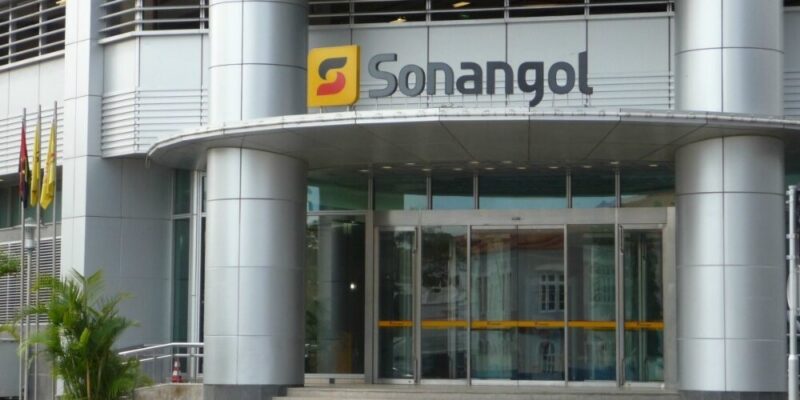Between January and May, Angola consumed a total of 201,133 metric tons of cooking gas (LPG), with projections forecasting growth to 615 to 680 metric tons.
This increase is due to significant investments made by Sonangol to expand production across the entire national territory.
These statistics are detailed in a report by Sonagás, a subsidiary of Sonangol specializing in the distribution of cooking gas.
For the 2024 economic year, the report projects a consumption deficit of 113,150 metric tons. The current supply capacity is set at 501,424 metric tons, with the goal of reducing this deficit by up to 10 percent within five years.
Sonangol has an installed capacity of 1,500 metric tons per day, equivalent to 125,000 12-kilogram bottles, with onshore storage capacity at 7,917 metric tons.
The Eastern Region shows an average consumption increase of 73 percent, driven by significant deficits: Lunda-Norte at 91 percent, Lunda-Sul at 67 percent, Moxico at 75 percent, and Cuando Cubango at 58 percent.
In 2023, the market supplied 472,244 metric tons against a demand of 597,663 metric tons, resulting in a deficit of 125,419 metric tons.
In 2022, consumption was 447,388 metric tons, 132,556 metric tons less than the projected 579,944 metric tons.
Regions with the highest potential for consumption expansion include Cunene at 86 percent, Cuanza-Norte and Huambo at 68 percent, Bié at 60 percent, and Cuanza-Sul at 50 percent.
Sonangol is investing in infrastructure to improve gas storage, filling capacity, and the availability of new bottles to reduce transportation costs.
Sonagás holds the largest market share at 77 percent, followed by Saigás at 11 percent, Gastem at 4 percent, Canhongo at 2 percent, and Progás at 6 percent.
Angola has 14 facilities for storing gas, including ICPN with 3,400 metric tons, Lobito with 2,000 metric tons, and Namibe with 900 metric tons, making up 80 percent of the total stock.
Sonangol is investing in the rehabilitation and construction of new infrastructure to maximize gas usage. Notable projects include the New Barra do Dande Gas Installation (IGBD) at the Barra do Dande Oceanic Terminal (TOBD), with a capacity of 2,500 metric tons and the ability to fill 60,000 bottles per day.
The first Gas Warehouse in Lunda-Sul, opened in February, has a capacity of 5,000 bottles and supplies an average of 2,000 units per week, increasing gas accessibility for communities.
This strategy aligns with the National Development Plan (PDN) 2023/2027, aiming to make gas more accessible, reduce deforestation, and lower greenhouse gas emissions.
The project includes 16 containerized gas filling units (UCEG) in the North, Center, South, and East regions, each with a capacity of 12 metric tons and an average supply of 800 Gfs/UCEG (10 MT) for retail sale.
Additionally, seven gas depots are planned for Luanda to serve its densely populated areas, such as Zango 4, Centralidade do Kilamba, Zona Verde do Benfica, Lar do Patriota, and Camama.
![]()




